Edsel and Eleanor Ford Mansion
Introduction
Text-to-speech Audio
Images
The Edsel and Eleanor Ford house overlooks Lake St. Clair
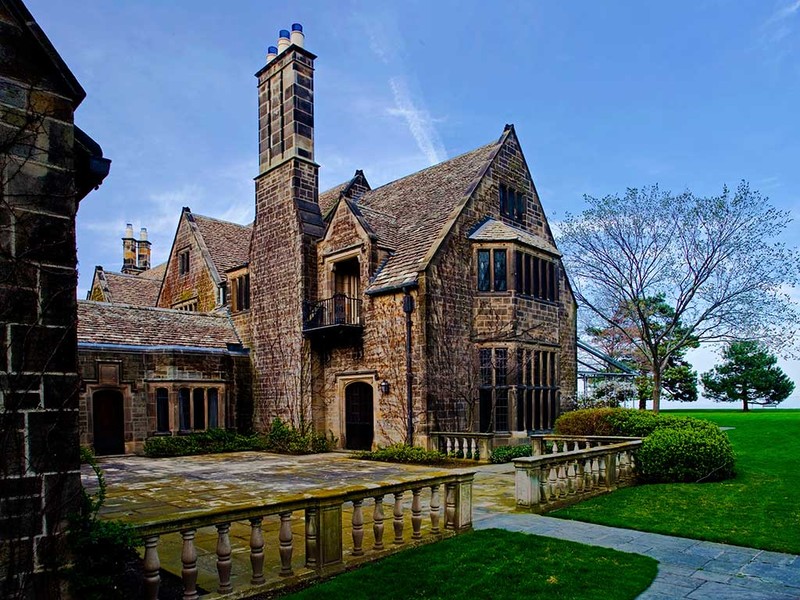
The drive up to the house's front entrance
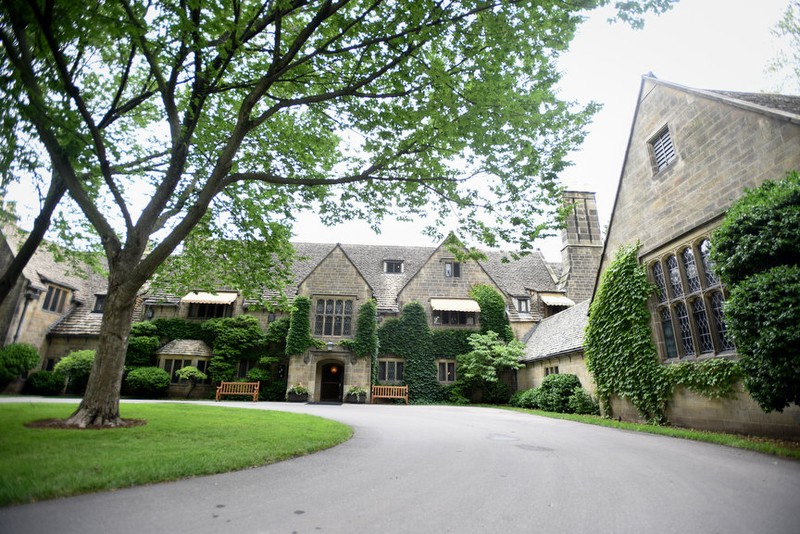
The house from the back
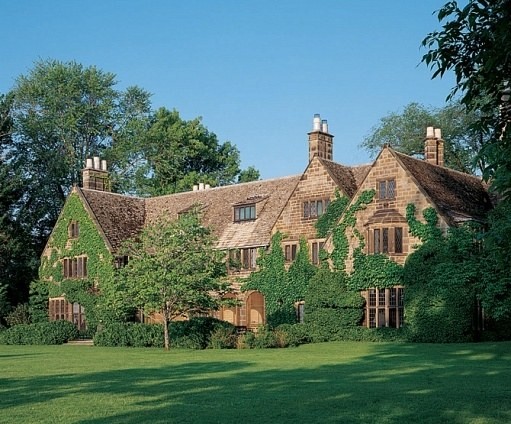
The main entrance with grand staircase
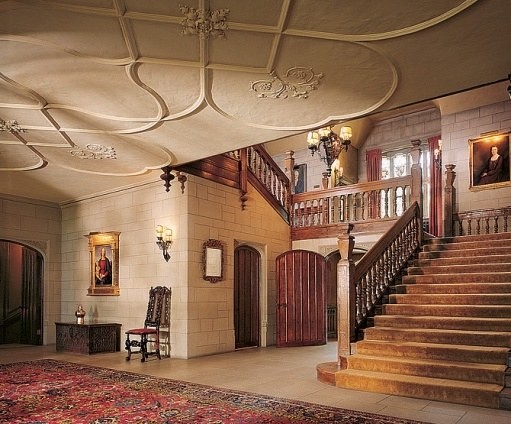
The gallery
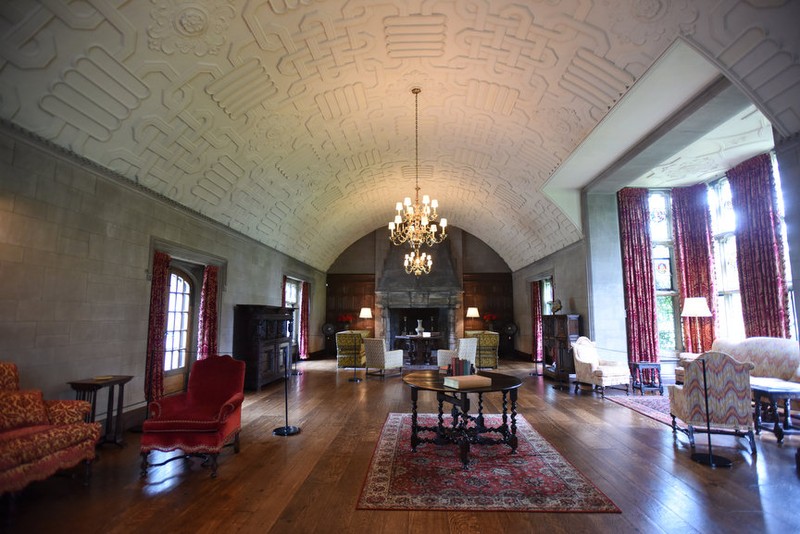
Edsel's study
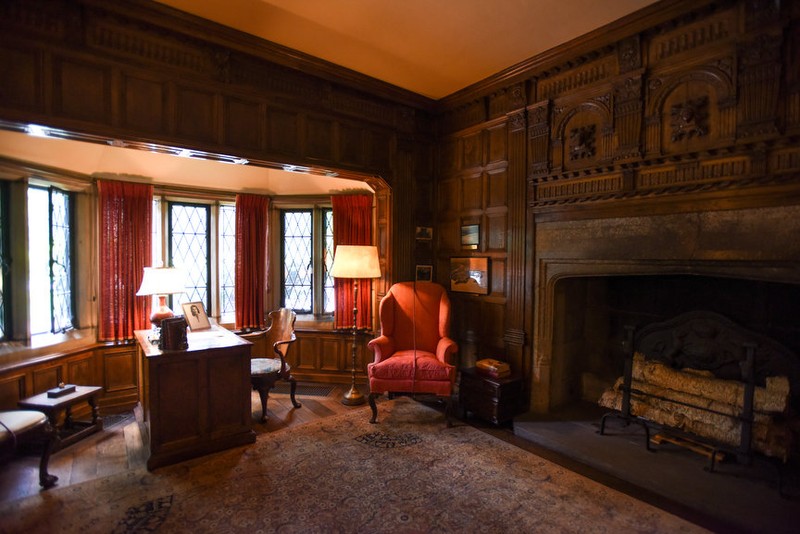
View from the upstairs of the grand staircase
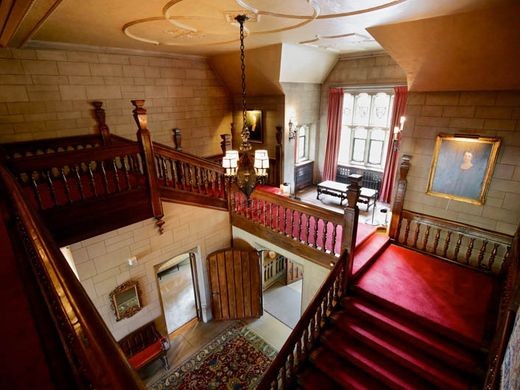
The Ford family, left to right: Edsel, Eleanor, Henry II, Benson, Josephine, and William
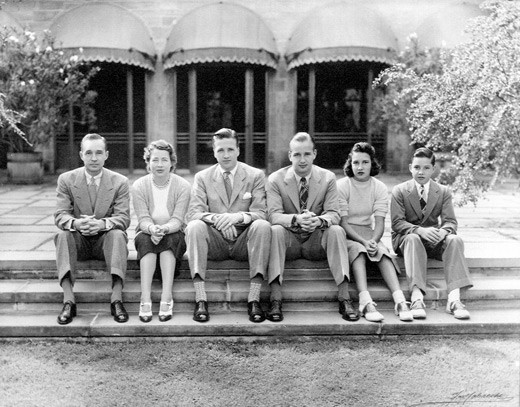
Backstory and Context
Text-to-speech Audio
Edsel Ford was born in 1893 as the only child of auto pioneer Henry Ford and his wife Clara. Edsel was very young when his father began making great strides in automotive innovation, and he grew up riding in some of the earliest Ford inventions. He went to work at the Ford Motor Company in 1912, at the age of 19, and was named president of the company just 6 years later. While still just a teenager, he met Eleanor Clay at a dance school. Eleanor was born in 1896 and was related to the owners of Hudson Department Store. The two childhood friends developed a romance and were married in 1916. The Fords had four children, Henry II, Benson, Josephine, and William, who were still young when the family moved into their new Gross Pointe Shores home. They would grow up with the home at the center point of their childhood memories. The Fords were great philanthropists throughout their lives, supporting the Detroit Institute of the Arts, Henry Ford Hospital, the Ford Foundation, and numerous other charities. In 1926, Edsel backed Admiral Richard Byrd’s first flight to the North Pole. Edsel died in 1943 and Eleanor continued to live in the home until her death in 1976. In her will, Eleanor donated the home and all of its furnishings to a trust for use as a museum.1
THE HOUSE AND GROUNDS
Construction began on the home in 1925. For the home’s design,
the Fords chose famous architect Albert Kahn, who designed many of Detroit’s
notable buildings, including several of the Ford Motor Company’s factories. The
home was meant to resemble an English Cotswold cottage, with an imported English
stone roof, vine-covered walls, and leaded windows.2 The Tudor Revival style home has a sandstone exterior. The home has
30,000 square feet and around 60 rooms to hold the Fords’ huge collection of
fine art and antiques.3
Edsel and Eleanor Ford’s home is currently open for public tours and hosts many events throughout the year. It was listed on the National Register of Historic Places in 1979.
Cite This Entry
Nickel, Jamie and Joanne A. Nelson . "Edsel and Eleanor Ford Mansion." Clio: Your Guide to History. July 22, 2016. Accessed July 28, 2025. https://theclio.com/entry/24538

